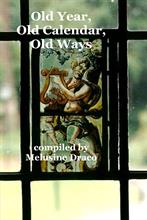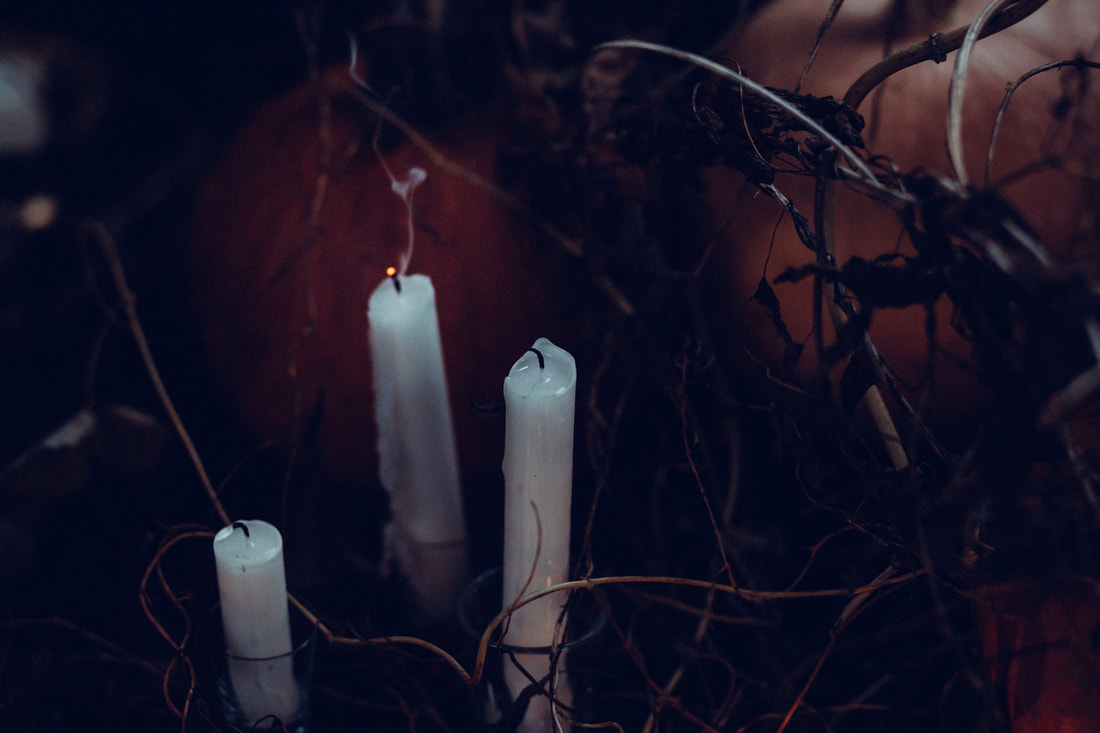
Books will give a whole list of correspondences we can utilise to symbolically mark the cardinal points of the Compass for magical working - but some work better than others. To built up a collection of naturally-charged quarter-markers we need to keep our eyes open at all times for those ‘gifts’ that come our way while out walking. For example:
North: The Place of Power magically speaking since ancient times - and ancient mystics and alchemists called upon Gnomes as an invocation of the properties of Earth in ritual. Gems and crystals are all part of the Element of Earth and the most natural would be the small pieces of quartz (milky, rose and clear) or flint that can be found in any handful of gravel, a stream bed, or by the side of a path we walk along every day. Remember that the tiniest of pieces were once buried deep inside the Earth and have worked their way to the surface over millions of years.
South: Fire is the only one of the Four Elements that humankind can produce itself, so it bridges the connection between mortals and gods because it was Prometheus, the Titan culture hero and trickster figure who defied the gods by stealing fire and giving it to humanity: an act that enabled progress and civilization. Slivers of seasoned wood from the Craft’s totem trees can be prepared and sprinkled in the censer over a charcoal disc; or if working outside small faggots can be made from twigs from the ‘nine sacred woods’ - birch, rowan, ash, alder, willow hawthorn, oak, holly and hazel.
East: The smoke that rises from the incense burned on the altar is a symbol of Elemental Air; or we can collect feathers from the birds sacred to Craft – the corvids who serve as messengers from Otherworld. Keep them fresh and safe by wrapping them in a silk scarf when not in use.
West: Rain-water collected in the cup-marks on ancient monuments or from the hollows in the boles of totem trees is the most sacred representative of Elemental Water. Failing that, collect water from a local spring or holy well.
This means that along with the poop-scoop bags in our pockets, we need an array of small plastic bags, bottles and containers so that we can bring our finds safely home. Stones and pebbles can be ritually cleansed by holding them in a fast running stream or spring, other more perishable items shouldn’t need to be cleansed if they have been brought in straight from the wood otherwise we will destroy those natural propensities they were chosen for. MD
The Power of the Elements by Melusine Draco is published by Moon Book ww.moon-books.net.







 RSS Feed
RSS Feed